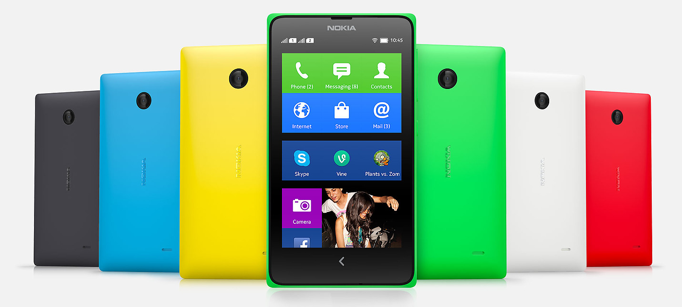Nokia is testing a new service in Munich that would allow viewers to get TV broadcasts from the Bayerischer Rundfunk company through airwaves on the LTE network. Nokia has already tried LTE-Broadcast technology in the U.S., but this trial is more like a traditional broadcast network because it sends out the same video signals to everyone. LTE-Broadcast is an industry standard, and if it’s successful, broadcasters will be able to reach millions of people through their mobile devices.
Nokia believes that LTE networks can serve as both a mobile broadband and a digital TV broadcast network by using some of the 700 MHz spectrum for each service. Phone carriers would be able to charge broadcasters and cable networks for use of the LTE network. Then, those broadcasters could decide to pass the fees on to the consumer, or simply distribute their content for free.
With LTE-Broadcast, millions of people could tap into the LTE broadcasts using their mobile devices as receivers. All future 4G devices would be able to support the technology. Also, phone users would not have to consume their data plan to watch TV on their mobile devices because the video stream would still be continuously transmitted through the airwaves no matter how many people are accessing it.
This model is unlikely to catch on the U.S. Qualcomm tried an experiment similar to Nokia’s in 2007 with Flo TV, but the company had to pull the plug on that project after three years.
“There may be a niche for LTE-Broadcast in new forms of content distribution and data-casting, but when it comes to TV watching, it looks like Americans would much rather get their video on demand than pull it from a common broadcast signal,” reports GigaOM.


No Comments Yet
You can be the first to comment!
Sorry, comments for this entry are closed at this time.